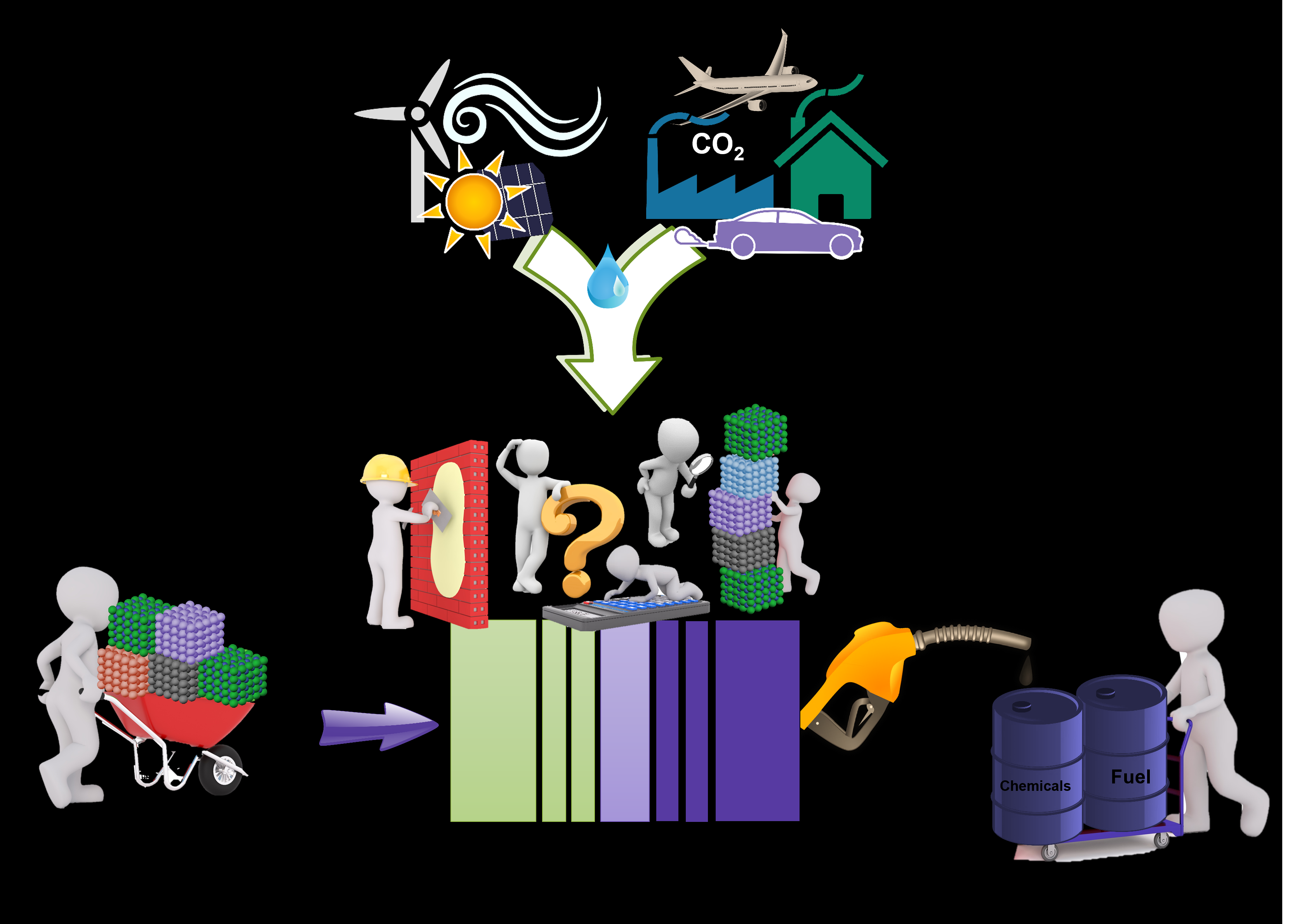The issue of energy and the environment is a significant concern in today's world, and the challenges related to materials are particularly intriguing. Developing multifunctional and smart materials for sustainable energy technologies is a complex and vital task because these materials are essential in providing the necessary technological solutions for a sustainable energy future. The subject is driven by the need to generate, consume, store, and secure the supply of energy. As the limitations on the performance and cost of energy conversion and storage systems are primarily due to the materials used, there is an urgent requirement for the development of new functional materials for the next generation of such systems.[1]
Our studies have shown that by regulating the accessible surface area of electrocatalysts through structural and compositional modulations, their activity can be enhanced, and they can become more effective in the selective production of specific chemicals. For instance, by fine-tuning the morphology of electrocatalysts, a Faradaic efficiency of over 95% was achieved in the production of formic acid.[2] Additionally, the production of C4 products using Cu catalysts has also been successfully achieved which is a significant breakthrough in the field.[3] Our research seeks to overcome the current challenge (selectivity, stability and activity) by focusing on the engineering of the active sites and developing smart multifunctional nanomaterials with unique physical and chemical properties that enhance catalytic performance. We aim to gain a mechanistic understanding of relevant energy conversion reactions in order to guide the design of more effective catalysts. The current focus of our research lies in the development of biomass-derived carbon materials and MXene-based hybrids for the purpose of water splitting and CO2 reduction. These materials are crucial for developing sustainable energy technologies that can reduce greenhouse gas emissions and support the transition to a circular and low-carbon economy.
CO2 Reduction:

H2 Generation:

References:
- Journal of Materials Chemistry A 5, 18, 8230 - 8246, 2017. DOI: 10.1039/C6TA09875D.
- . 14, 3402, 2021. DOI: 10.1002/CSSC.202101122.
- ACS Catalysis 12 - 2, 1558 - 1571, 2022. DOI: 10.1021/ACSCATAL.1C03629.
